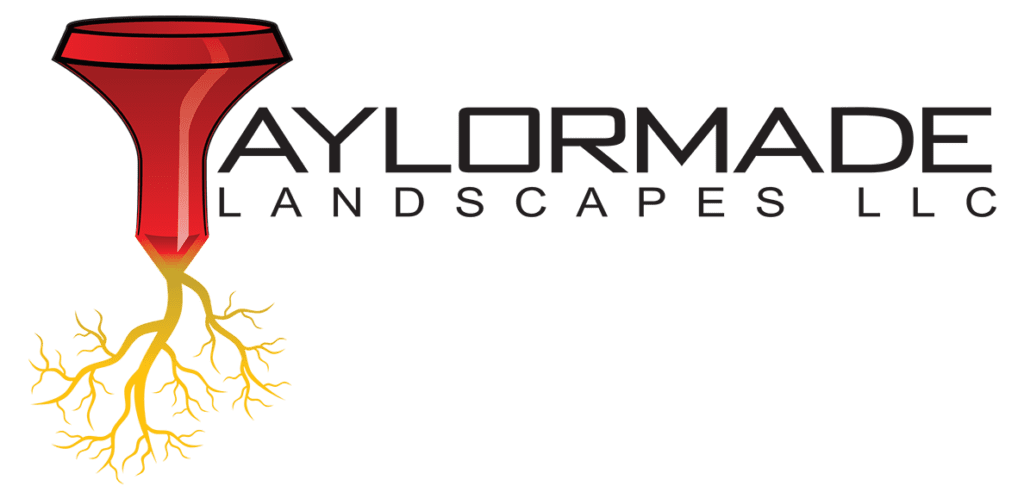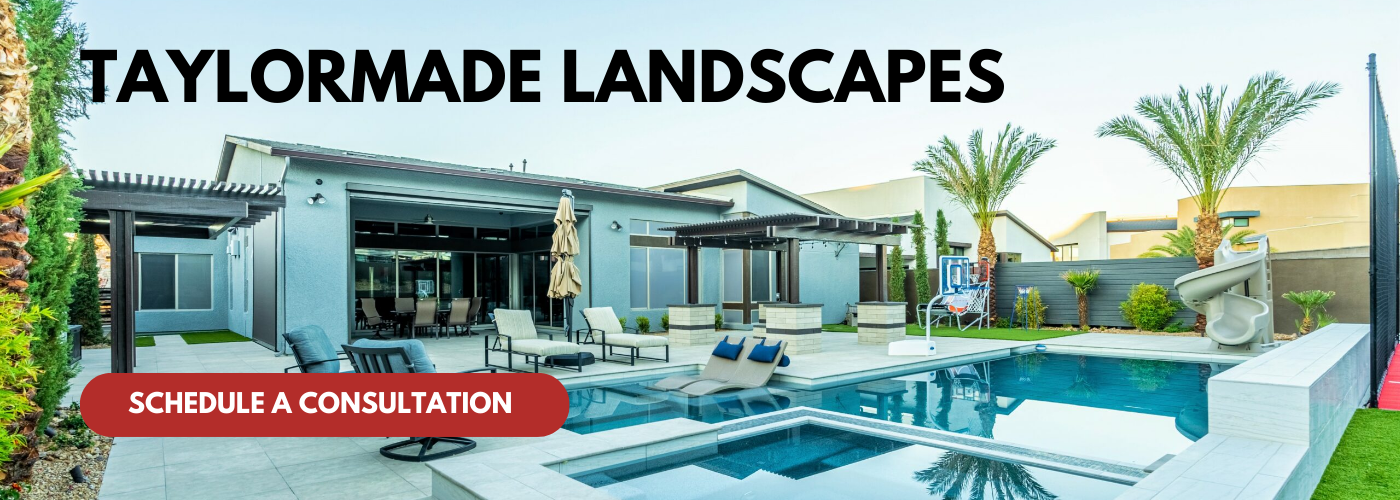As homeowners increasingly seek to maximize the value of their properties, the role of hardscape features has become a focal point of attention in recent years. By 2025, particularly in urban and suburban environments, the incorporation of hardscaping elements such as patios, walkways, retaining walls, and outdoor kitchens will not only define the aesthetic aspects of a home’s exterior but also significantly enhance its overall market appeal. In an era where outdoor living spaces are becoming extensions of indoor comfort, investing in hardscape can result in substantial returns when it comes time to sell.
Hardscape elements are often viewed as the backbone of landscape design, providing structure and durability that softscaping—such as plants and grass—cannot achieve on their own. These materials, ranging from natural stone and brick to concrete and wood, contribute to a home’s exterior charm while offering practical benefits, such as improved drainage, increased usable space, and maintenance efficiency. By understanding how effective hardscape design can elevate property aesthetics and functionality, homeowners can harness its full potential to appeal to prospective buyers in a competitive real estate market.
In 2025, the real estate landscape is expected to evolve further with a growing emphasis on sustainability and outdoor living. As such, hardscape installations that incorporate eco-friendly materials, permeable paving, and drought-resistant features will not only resonate with environmentally conscious buyers but also potentially lead to higher appraisals. This introduction explores how different hardscape strategies can enhance property value and serve as compelling selling points, ultimately guiding homeowners in making informed decisions about their outdoor investments. Whether you are contemplating a significant renovation or simply want to refresh your outdoor space, understanding the potential impact of hardscaping on your property value is essential for any proactive homeowner.
Design Trends in Hardscape for 2025
As we approach 2025, design trends in hardscape are set to revolutionize the outdoor spaces of residential properties. One of the most significant trends is the seamless integration of hardscape elements with natural surroundings. Homeowners are increasingly looking to create outdoor environments that feel like an extension of their indoor living space. This includes using natural stone and organic materials that blend harmoniously with the local landscape. The emphasis on authenticity means that hardscape designs will incorporate textures and colors that mimic the surrounding environment, fostering a peaceful and integrated aesthetic.
Another prominent trend is the shift towards multi-functional hardscape areas. With the growing popularity of outdoor living spaces, patios, walkways, and retaining walls are being designed with versatility in mind. Homeowners are investing in hardscape features that can serve multiple purposes, such as fire pits that double as seating areas or pergolas outfitted with built-in lighting for nighttime gatherings. This multifunctionality not only enhances the usability of outdoor spaces but also increases their appeal, making properties more attractive to potential buyers.
In terms of layout, curved lines and organic shapes are becoming more prevalent in hardscape design. These elements promote a more natural flow within outdoor spaces, creating inviting paths and relaxation zones instead of rigid and structured layouts. The trend towards softer, more fluid designs helps to evoke a sense of calm and tranquility, which is increasingly valued in today’s fast-paced world.
A key aspect of hardscape design evolving through 2025 is the incorporation of technology. Smart features, such as integrated lighting systems that can be controlled via smartphone apps, are becoming more common. Additionally, water-efficient irrigation systems and eco-friendly materials that reduce environmental impact are gaining traction. Such advancements not only enhance the visual appeal of properties but also promote sustainability, an increasingly important factor for homeowners and buyers alike.
Investing in hardscape improvements guided by these trends can significantly enhance the value of your property in 2025. Buyers are looking for outdoor spaces that are not only beautiful but also functional and low-maintenance. Well-designed hardscape features can increase property aesthetic appeal and serve as a key selling point. As trends continue to evolve, staying ahead by incorporating modern designs and functionalities will ultimately yield lasting benefits, making your property more competitive in the real estate market.
Material Choices that Maximize Property Value
When considering ways to enhance the value of your property in 2025, the choice of materials used in hardscape projects is paramount. High-quality materials not only improve the aesthetics of your outdoor spaces but also significantly contribute to the long-term durability and functionality of these areas. When choosing materials, it is essential to consider both the current trends and the enduring characteristics that will appeal to potential buyers.
One of the most valuable aspects of hardscape materials is their ability to create a cohesive and appealing look for your property. Natural stone, for instance, is a timeless choice that exudes elegance and luxury. Its unique textures and colors can complement the architecture of your home while offering durability that withstands the elements over time. Additionally, materials like pavers and concrete can be enhanced with modern finishes or patterns to bring a contemporary flair while still providing resilience.
In 2025, there is a growing focus on incorporating sustainable materials into hardscape designs. Options such as permeable pavers or recycled concrete not only enhance the environmental appeal of your property but also resonate with a market increasingly inclined towards eco-friendly living. These materials can help manage stormwater runoff, providing functional benefits that go beyond aesthetics. Properties that showcase such environmentally conscious choices are likely to be more attractive to buyers, particularly those looking to invest in homes aligned with sustainable practices.
Moreover, the right hardscape materials can define outdoor living spaces, creating areas for relaxation and entertainment that significantly increase the usability of your yard. Features such as stone patios, outdoor kitchens, and fire pits made from high-quality, durable materials can elevate your home’s appeal and market value. These enhancements cater to the growing trend of creating functional outdoor living areas, which are increasingly sought after by homebuyers. By investing in appropriate hardscape solutions and selecting materials that are both stylish and practical, you can maximize your property’s value and make it stand out in a competitive real estate market.
Functional Hardscape Features for Outdoor Living
Functional hardscape features have become increasingly vital in defining outdoor spaces that are both aesthetically pleasing and practical. These elements encompass a variety of structures and installations, including patios, outdoor kitchens, fire pits, and walkways, all designed to enhance the usability of an outdoor area. In 2025, homeowners are likely to prioritize these features as they seek to create inviting environments for relaxation, entertainment, and social gatherings. Incorporating functional hardscape components not only extends living spaces but also improves the overall quality of life for residents and their guests.
One of the primary benefits of incorporating functional hardscape features is their ability to foster a sense of outdoor living that seamlessly integrates with indoor spaces. Homeowners have increasingly come to view outdoor areas as extensions of their homes, with an emphasis on comfort and functionality. For instance, a well-designed patio fitted with comfortable seating and ambient lighting can serve as an ideal gathering spot for family and friends. Likewise, an outdoor kitchen equipped with modern appliances enables grilling and cooking year-round, making alfresco dining more accessible and appealing. Such features cater to lifestyle trends that emphasize relaxation, entertainment, and the joy of cooking outside, driving their desirability.
In terms of property value, investing in functional hardscape features can significantly enhance market appeal. In 2025, prospective buyers will likely be more inclined to consider homes with well-designed outdoor spaces that provide versatility and ease of use. The ability to entertain outdoors, enjoy family time, or simply unwind in a beautiful setting adds intrinsic value to a property. Moreover, these enhancements often come with low maintenance needs compared to other landscaping options, making them economically viable for homeowners looking to protect their investment. Ultimately, by prioritizing functional hardscape features, property owners can not only enrich their living experience but also position their homes for a favorable return should they decide to sell.
Sustainability and Eco-friendly Hardscape Solutions
As homeowners become increasingly conscious of their environmental footprint, sustainability and eco-friendly practices have taken a central role in various home improvement projects, particularly in hardscaping. Sustainable hardscape solutions can encompass a multitude of elements, from the materials selected to the methods of installation. For instance, using permeable paving stones allows for better water absorption and reduces runoff, thereby minimizing the risk of erosion and flooding. Incorporating native plants and drought-resistant landscaping can also complement hardscape features, leading to a cohesive design that is both functional and environmentally friendly.
In the context of hardscaping, sustainability isn’t just about choice of materials, but also about the life cycle and long-term impact. Recycled materials, such as reclaimed wood or repurposed stone, not only contribute to reducing waste but can also add character and uniqueness to outdoor spaces. Additionally, the use of eco-friendly sealants and finishes can enhance the durability of hardscape elements while ensuring that harmful chemicals do not leach into the surrounding ecosystem. By prioritizing sustainable practices, homeowners can create outdoor spaces that are not just beautiful but also responsible.
As we approach 2025, the importance of sustainability in hardscaping cannot be overstated when it comes to enhancing property value. More buyers are seeking homes that reflect environmentally conscious values, making it a selling point in the real estate market. Properties that showcase thoughtful sustainability in their hardscape designs are likely to attract attention and command higher prices. Ultimately, investing in eco-friendly hardscape solutions can yield significant returns, as they align with a growing trend and cater to a demographic that values sustainability. In a world where climate change and environmental degradation are constant concerns, showcasing a property with sustainable hardscaping can enhance its appeal and marketability, making it a smart investment for homeowners looking to increase property value in 2025 and beyond.
Enhancing Curb Appeal through Hardscape Elements
Enhancing curb appeal through hardscape elements is an essential strategy for increasing the attractiveness and value of your property, especially as we look toward 2025. Curb appeal plays a crucial role in first impressions, impacting not only the perception of potential buyers but also the overall aesthetic of your neighborhood. Well-designed hardscape elements such as pathways, retaining walls, driveways, and patios can create an inviting atmosphere, leading visitors to treasure the visual impact right from the street. As contemporary design evolves, the right hardscape choices align with current trends while attracting attention for their beauty and functionality.
Integrating high-quality materials and thoughtful designs in your hardscape can significantly elevate your property’s appearance. For instance, a well-placed patio constructed from natural stone or interlocking pavers can provide an appealing outdoor space that complements your home’s architecture. Strategic use of decorative elements like borders, pathways lined with lighting, or artistic retaining walls can also capture the interest of passersby. Furthermore, incorporating native flora into your hardscape enhances the aesthetic by softening hard lines and creating a cohesive look. This blend of hardscape and landscaping not only beautifies your property but increases its perceived value—an essential factor as the real estate market continues to emphasize outdoor living spaces.
The value of enhanced curb appeal becomes particularly important in 2025, as home buyers increasingly prioritize first impressions. As they seek properties that stand out in a competitive market, well-planned hardscape can provide a distinct advantage. Unique features such as decorative stone driveways or elegant entryways can set your property apart and justify any asking price. It reduces the amount of time your home may linger on the market and can even lead to a faster sale, translating into a favorable investment return. Ultimately, investing in hardscape elements that enhance curb appeal not only beautifies your home but also positions it as a desirable contender in a rapidly shifting real estate landscape.



